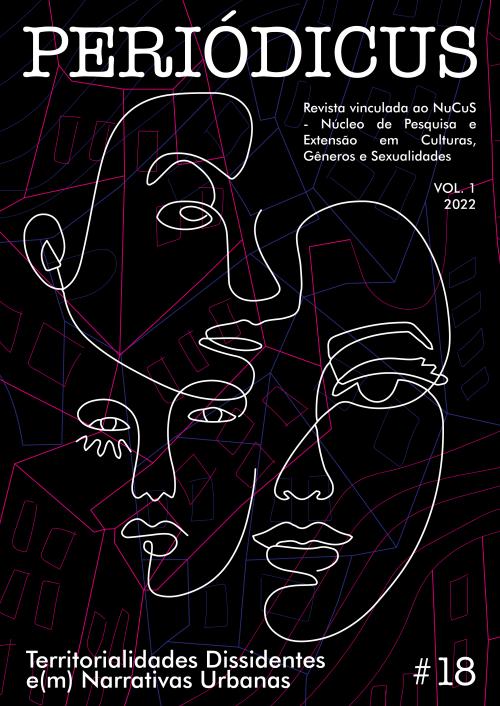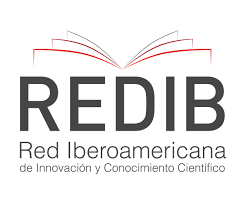City of Invisible Girls
Gender Cartographies in the free public spaces of Florianópolis
DOI:
https://doi.org/10.9771/peri.v1i18.49823Abstract
Urban leisure and recreational practices in the city are rights that must be considered in public policy for children and adolescents. With the cartographic method, we aimed to characterize the ways in which children use public open spaces in Florianópolis/SC, relating aspects of gender and age. The data were recorded in field diaries composed when the researcher moved around the city. In total, 81 leisure facilities for children were observed in 19 districts of the city, accounting for 210 children and adolescents, 30% of which were female. The invisibility and low presence of girls in these places seem to be marks of gender oppression, which is engendered over the years in female bodies. In conclusion, the intersectionality between gender and age group can influence access to the right to leisure in public spaces, with girls, specially the older children and teens, experiencing more restricted access.
Downloads
Downloads
Published
How to Cite
Issue
Section
License
Copyright (c) 2022 Adriano Donin Donin, Laura dos Santos Boeira

This work is licensed under a Creative Commons Attribution-NonCommercial 4.0 International License.
Authors who publish in this journal agree to the following terms:
Authors retain copyright and grant the journal the right of first publication, with the work simultaneously licensed under a Creative Commons Attribution Noncommercial License that allows the work to be shared with acknowledgment of authorship and initial publication in this journal, but prohibits commercial use.
Authors are authorized to enter into separate additional contracts for non-exclusive distribution of the version of the work published in this journal (e.g., publishing in an institutional repository or as a book chapter), with acknowledgment of authorship and initial publication in this journal.
Authors are permitted and encouraged to publish and distribute their work online (e.g., in institutional repositories or on their personal website) at any point before or during the editorial process, as this can generate productive changes and increase the impact and citation of the published work (see The Effect of Open Access).








